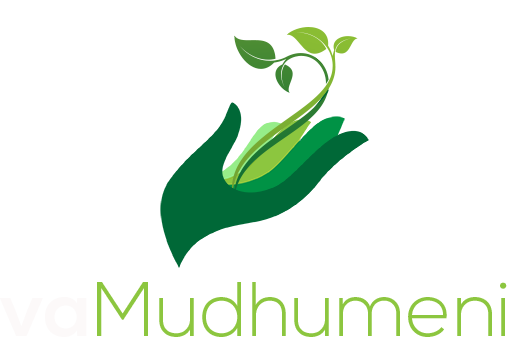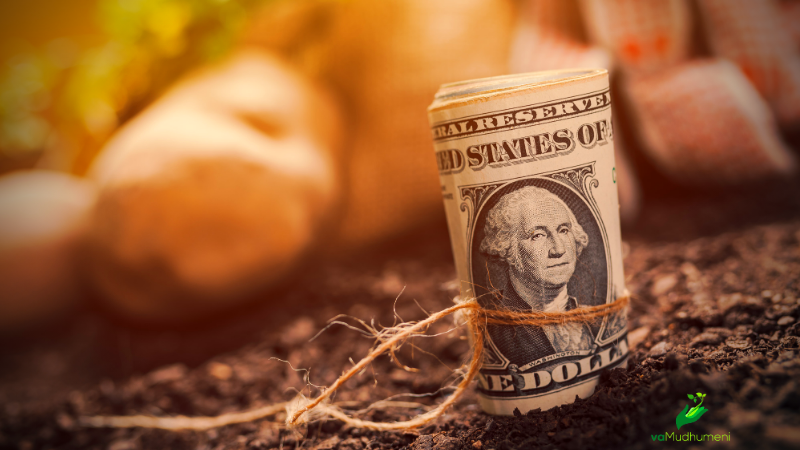By Albert Makendenge
Like an unstoppable fire ravaging through the dried and scorched vegetation, so are the soaring prices of commodities eating ruthlessly into people’s wallets and bank accounts leaving them out and down on financial options. Agriculture is certainly no stranger to market volatility and price uncertainty and farmers have obviously been feeling the heat. Well installed fireguards can, however, help farmers ensure financial health and avoid being caught out by inflationary flames.
In an environment where the currency is not that stable farmers can find stability in non-monetary items which can then be used to either pay for inputs or as a form of remuneration for employees. Where there is no immediate need for cash, it can simply and quickly be converted to assets which can be used as they are for payment or converted back as and when necessary.
With some price changes occurring within the space of a day or even less, it is wise for farmers to seek to make payment agreements for as much of a commodity or an input as possible as soon as they get their hands on some cash. Locking in prices this way helps to guard against sudden and unexpected changes in prices.
If looked at closely enough, there will always be cracks in the farm’s financial and operational system. Cracks which, when addressed and covered up, can save the farmer a dollar or two. And then channeling each and every dollar into things that matter the most to cut down on spending.
And if the worst comes to the worst, nature is always ready to lend a hand. There are far cheaper and readily available farm input alternatives in the environment that surrounds us. Not only do these natural replacements ease the pressure on a farmer’s wallets but also goes easy and friendly on Mother Nature.

